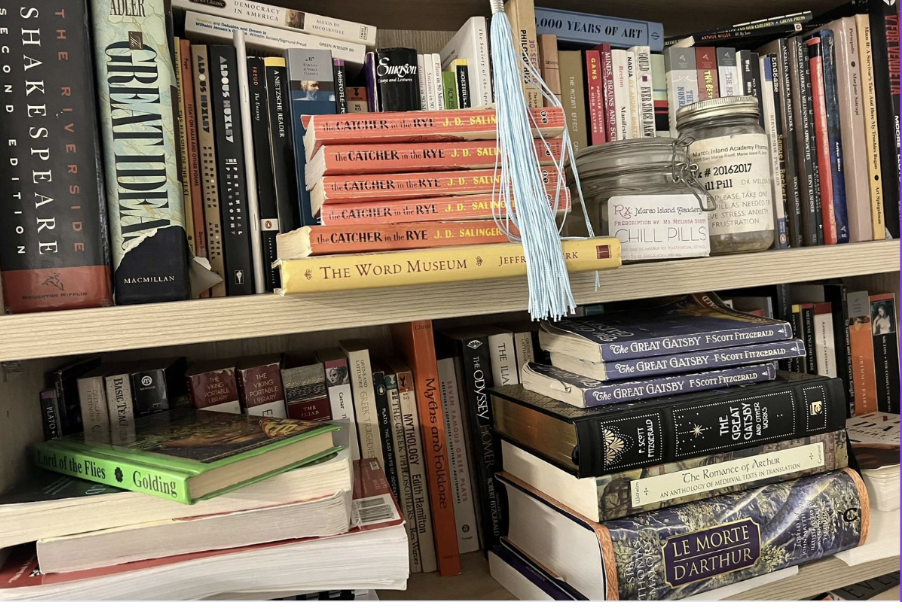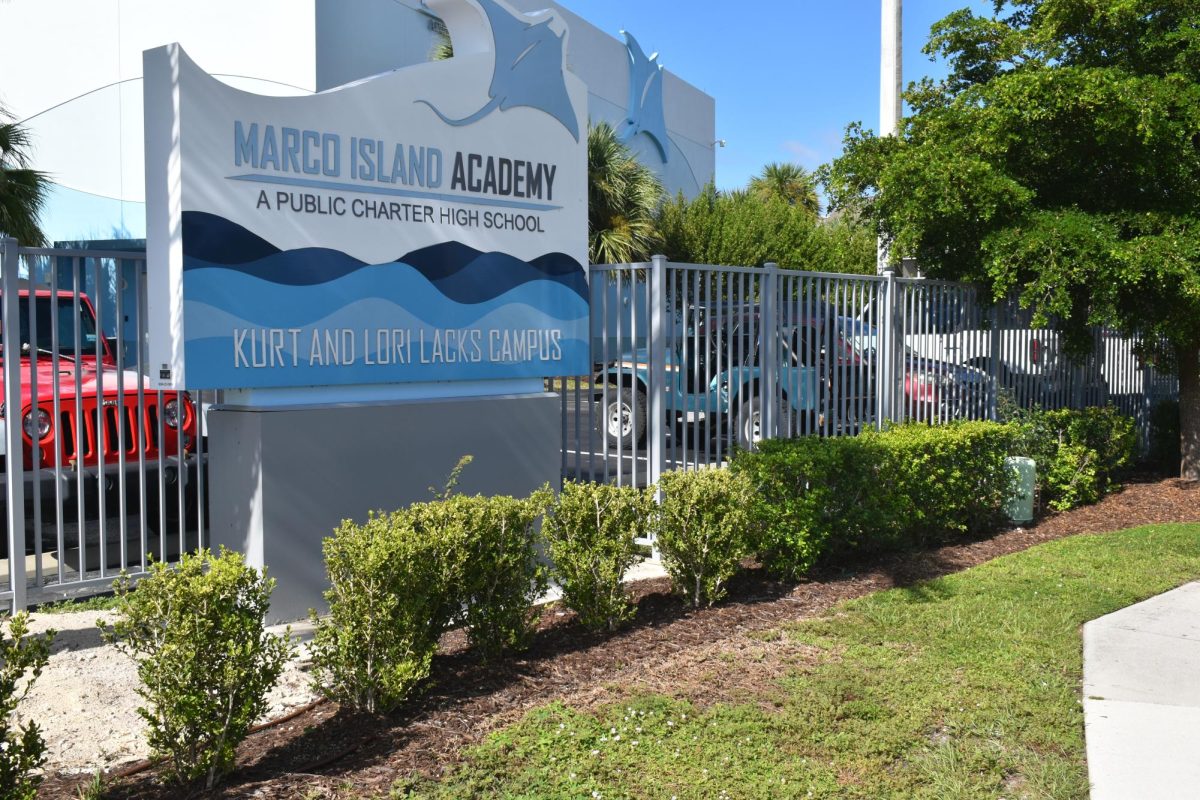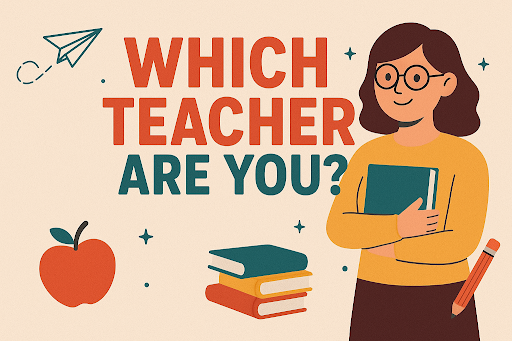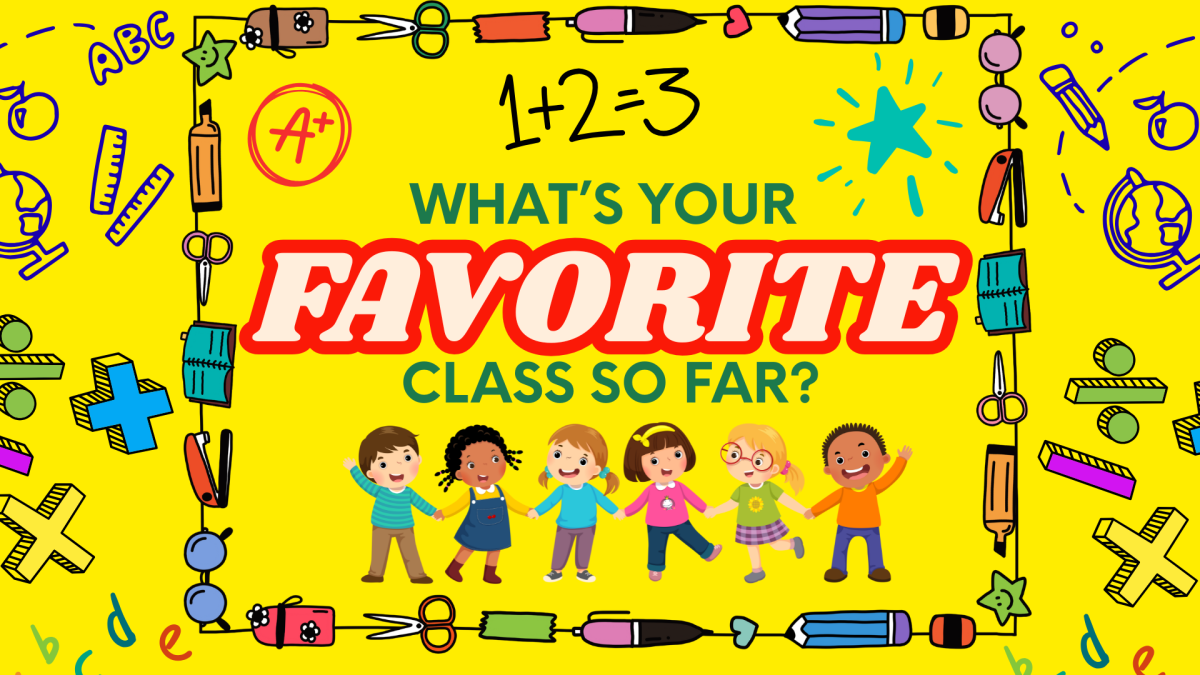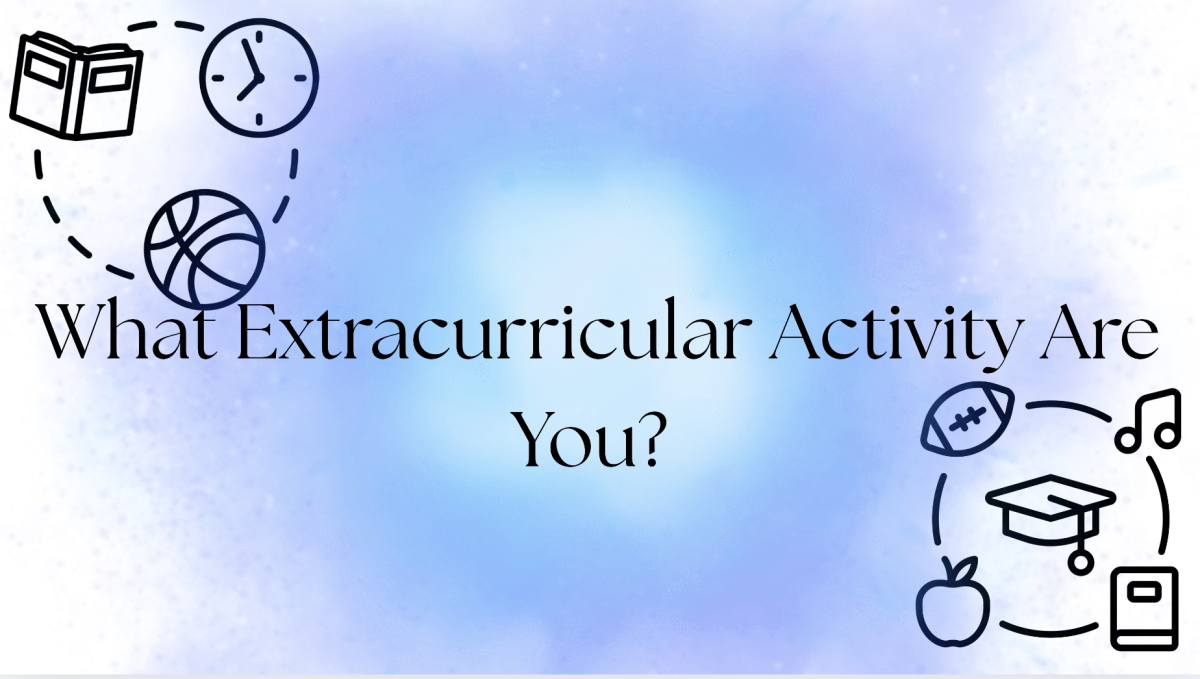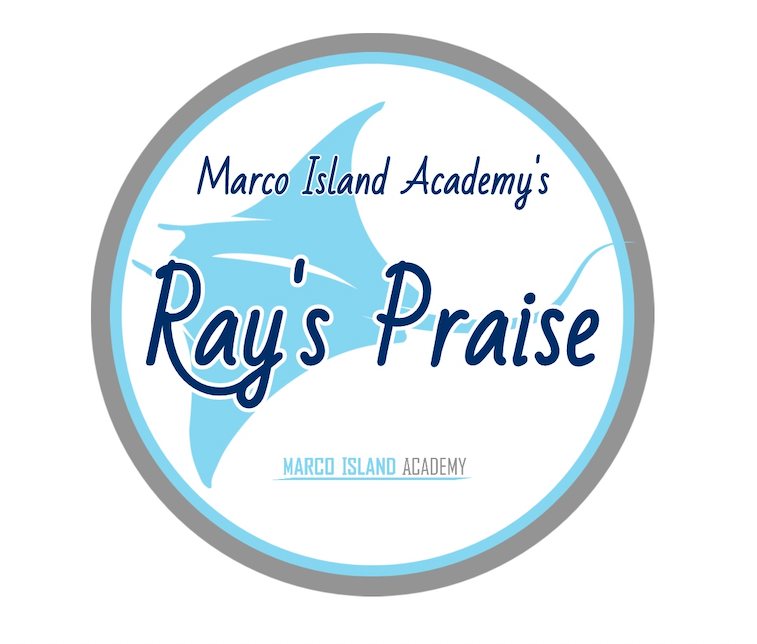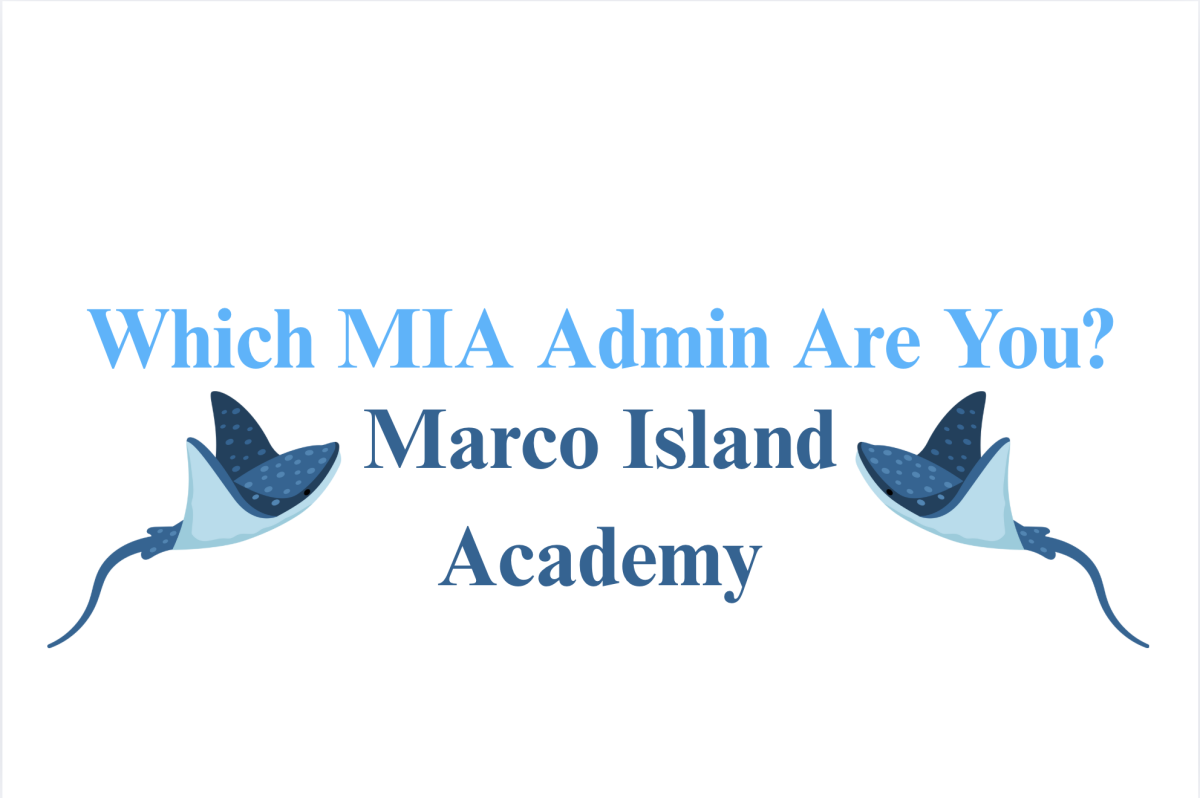When a book is completely taken out of a collection in response to an official or informal challenge, it is considered banned. Book ban supporters argue that restricting children’s exposure to specific facts and stories is a way to protect them from possibly damaging and dangerous knowledge. Because of these beliefs, many parents feel that they should have more involvement in their children’s education. The most banned books of today deal with problems of race, gender identity, and sexuality- all of which are significant flashpoints in the continuing American culture war- even though books have always been at the center of political conflicts. What are the dangers of restricting students’ access to knowledge, aside from the fact that it may narrow their perspective of themselves and those around them.
All around the nation, established organizations and politicians are suddenly enforcing book bans and other types of censorship in libraries and schools. The American Library Association (ALA) reports that 1,269 attempts to restrict books and resources were made countrywide last year, which is almost twice as many as 2021. According to Deborah Caldwell-Stone, director of the American Library Association’s office for intellectual freedom, the organization used to get 300 to 400 reports a year about attempts to prohibit books. However, in 2020, “We suddenly began receiving a growing number of reports- from one to two a week, if any, to five or six in a single day”.
Every state is attempting to restrict books, and the majority of the books that are being challenged deal with racial themes, while almost half were written by or about LGBTQ+ individuals. In 2022, Maia Kobabes Gender Queer: A memoir, Toni Morrison’s The Bluest Eye, had the most attempted book bans in the US, with 93 attempts involving 2349 titles, including The Bluest Eye. Next up is Florida, where governor Ron DeSantis signed legislation in 2022 demanding that schools employ professional media specialists to ensure that books don’t cover subjects that the state forbids.
Teachers provide multiple reasons for why pupils should have unrestricted access to age appropriate reading resources. They claim that reading is necessary for an educated population in a democracy. Children should be able to see themselves mirrored in the books that are available to them because books help them understand the world in all its complexity. They also beehive that parents should make choices for their own children but not for the children of others. Educators also believe that books published by writers with diverse identities and perspectives are crucial for children to have access to.
Censorship has been around since the first written texts appeared, according to historians. The Roman emperor Caligula protested against the Greek freedom ideas portrayed in The Odyssey in 35 AD, while the ancient Chinese ruler Shih Huang Ti began eliminating historical writings in 259 BC. Book bans have been a constant reflection of the fight for political power in the many waves of censorship that have followed.
Data on book challenges is gathered by the office for Intellectual Freedom from news articles published around the United States and from reports made by library professionals working in the field. The ALA’s 2024 data is a glimpse of book censorship during the first eight months of the year, as many book challenges are not reported to the ALA or published by the media.
Students are organizing to challenge prohibitions, from Texas to western New York and beyond, as publishers and libraries fight back with legal action against it. However, larger problems remain unresolved as new local conflicts develop. People that show their support and engagement are contributing to the elimination of censorship in libraries are being honored as the ALA continues to highlight the negative effects of book censorship.


